Asus just released the upgraded version of the ZenFone Max Pro with better cameras and 6GB of RAM. While the low-end variant of the ZenFone Max Pro M1 is a compelling device in itself, the upgraded version, which is priced at Rs. 14,999, seeks to improve upon the original by providing better image quality and better performance overall. We had the opportunity to extensively test out the new variant and at first, it doesn’t look or feel any different from the original. However, once we delved into the camera and performance testing, the differences became more apparent. But are the upgrades actually worth the extra money? Let’s find out:
Specifications
As always, before getting further into the review, let’s get the ZenFone Max Pro M1’s specifications out of the way. The device is pretty much identical to the 3/4GB variants of the ZenFone Max Pro M1 which were released a couple of months back, except in the camera and the RAM department. Here are the complete specifications of the ZenFone Max Pro M1 (6GB):
| Dimensions | 159 x 76 x 8.5 mm |
| Weight | 180gm |
| Display | 5.99-inch FHD+ IPS LCD (1080 x 2160 pixels) |
| Processor | Qualcomm Snapdragon 636 SoC |
| GPU | Adreno 509 |
| RAM | 6GB |
| Storage | 64GB |
| Primary Camera | 16MP f/2.0 + 5MP f/2.4 |
| Secondary Camera | 16MP f/2.0 |
| Battery | 5,000mAh |
| Operating System | Android 8.1 Oreo |
| Price | Rs. 14,999 |
What’s In the Box

As with the previous iteration, the top-of-the-line ZenFone Max Pro M1 comes in the same box, which includes:
- Asus ZenFone Max Pro M1
- SIM ejector tool
- Charging brick
- USB Type-A to micro USB cable
- Max-box amplifier
- Paperwork
Design and Build Quality
Asus has made no design change in the 6GB variant of the ZenFone Max Pro M1 and it has the same chunky feel to it as the model we previously reviewed. While the device does feel a bit cheap with an all-plastic shell, the grey variant of the device looks and feels a lot better than the black variant which we reviewed earlier. The color and finish of the grey variant not only gives the device a more premium look, but it is also less susceptible to fingerprints, which earns it a few brownie points.

Other than that, all the design aspects of the device remain the same. It still has the same fingerprint scanner which has been placed quite appropriately on the back, the same tactile and clicky buttons, and the same micro USB port for charging and data syncing as before. In case you wish to read a more comprehensive overview of the design and build quality of the ZenFone Max Pro M1, you can head to our original review of the device which highlights all of the device’s cosmetic aspects in detail.
Display
Coming to the display, the ZenFone Max Pro M1 features the same 5.99-inch FHD+ IPS LCD display with a screen resolution of 1080 x 2160 pixels. Much like the previous model, the display has great color reproduction, good contrast and it looks pretty decent in direct sunlight. Interestingly though, the panel looks a bit brighter on the upgraded variant. While we aren’t sure if Asus has included a new panel on the device, the improved brightness means that the upgraded variant has even better sunlight visibility and the colors pop-out even more when using the device indoors.
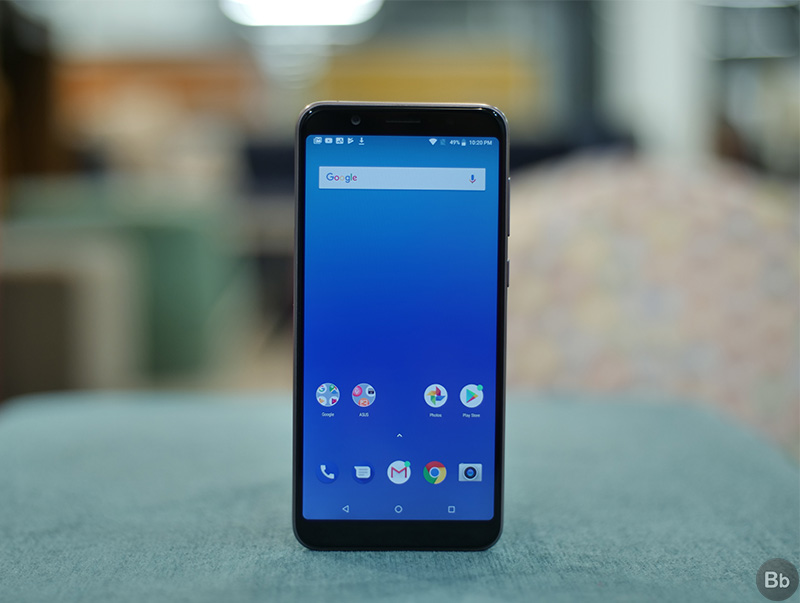
As with the older device, the display doesn’t come with Gorilla Glass protection which is a major downside. Our review unit developed a major scratch on the screen on the first day of use while we were testing its camera performance against the low-specd variant and the Redmi Note 5 Pro. In case you’re considering buying this device, we strongly recommend investing in a decent screen protector in order to keep the display from developing any unsightly scratches.
User Interface
The ZenFone Max Pro M1 comes with a stock Android 8.1 Oreo with just a little bloatware, which definitely works in its favor. The device feels quite snappy from the get go and I have to give props to Asus for not including the awful ZenUI skin on this device. As mentioned earlier, the device comes with a couple of Asus apps preinstalled, including a calculator app, a sound recorder app, and an FM radio app, along with Facebook, Instagram and Messenger. These apps don’t exactly fall under the bloatware category as more often than not users tend to install these apps on their devices as soon as they get them out of the box.

Asus’ stock Android build also comes with a couple of cool gestures, like double tap to wake or lock the device, letter gestures to open apps, and more. These gestures often come in handy and will allow you to quickly wake up the device or fire up an application directly from the lock scree. On top of that, Asus has also included the Face Unlock feature on the device, however, it isn’t as fast as other competing devices. The feature also has some trouble while registering a new face in low-light conditions and since it isn’t flawless, I’d recommend you to stick to the fingerprint sensor.
Performance
Since the upgraded ZenFone Max Pro M1 comes with 6GB of RAM, it’s safe to assume that the device performs slightly better than the 3 or 4GB RAM variants. In our testing, the upgraded ZenFone Max Pro M1 scored 115299 in AnTuTu, which is slightly better than the 112535 scored by the 3GB RAM variant and the 112194 scored by the Redmi Note 5 Pro. In Geekbench 4, the device scored a decent 1333 in single-core and 4870 in multi-core tests, which is also slightly better than the other two devices. I also ran the 3D Mark benchmark on the device to test its graphical capabilities and the ZenFone Max Pro M1 was able to secure a decent 934 in 3DMark’s Sling Shot Extreme OpenGL ES3.1 test, while securing 759 in Sling Shot Extreme Vulkan.

Gaming performance on the ZenFone Max Pro M1 has also improved slightly, with PUBG Mobile picking up medium graphics settings as the default option, as opposed to the low graphics settings selected by the 3GB RAM variant. Performance in other demanding games like Asphalt Xtreme, Tekken and Shadowgun Legends was also slightly better and the increased RAM also had a positive effect on the device’s multi-tasking capabilities.

I was able to load even more apps on the device in the background and the device didn’t stutter even once. In the performance department, the upgraded ZenFone Max Pro M1 surely offers the best bang for your buck.
Cameras
The new ZenFone Max Pro M1 comes with a 16MP + 5MP dual camera setup on the back, as opposed to the 13MP + 5MP setup on the 3GB and 4GB variants. Up front, the new ZenFone Max Pro M1 features a 16MP selfie camera, a major improvement over the 8MP selfie camera on the other models. But are the cameras any better? Well, for starters, the dual-rear camera setup on the upgraded ZenFone Max Pro M1 is definitely better than the older variant. Images are sharper, brighter and even the colors look a bit more vibrant. The over-saturation issue that we found on the previous iteration is now gone and the color temperature is definitely more true to life, however, it still isn’t as good as the Redmi Note 5 Pro.Here are a couple of images we captured with the new ZenFone Max Pro M1 in broad daylight:
Low-light performance on the ZenFone Max Pro M1 is also a bit better than the previous iteration. The upgraded cameras are able to capture a bit more detail, but noise and blur is still an issue. I was also quite impressed with the amount of light captured by the device in low-light and the high dynamic range of the resulting images. For the price, the camera definitely works wonders in low-light, even beating the Xiaomi Redmi Note 5 Pro in low-light situations. Let’s take a look at some images captured in low-light:
Since the ZenFone Max Pro M1 has a dual camera setup, it features a Portrait Mode for capturing portrait images with a depth effect. Quite frankly, portrait shots captured by the ZenFone Max Pro M1 are a bit hit and miss. At times the camera was able to accurately detect the edge of the subject and give the background a very professional looking blur, while at other times the camera struggled with edge detection and blurred out parts of the subject. Just take a look at the images for yourself:
Finally, coming to the front facing camera, the 16MP selfie shooter on the upgraded ZenFone Max Pro M1 looks like a major step up over the 8MP shooter on the previous iteration on paper, however, it isn’t as great as it sounds. Sure, the front facing camera performs significantly better than the 3GB RAM variant, however, it isn’t as you’d expect. Images captured by the front facing camera are passable at best and they definitely lack the kind of detail you’d expect from a 16MP shooter. The device also features portrait mode capabilities in the front facing camera as well, however, much like the primary camera, the performance is inconsistent. Here are a few samples we captured using the front facing camera:
Before moving on, I would like to highlight two major issues I faced while using the camera on the ZenFone Max Pro M1. Firstly, the camera sometimes doesn’t work when opening it from the lock screen and displays a ‘Camera Module Not Detected’ toast. While I wasn’t able to accurately pinpoint what was causing the issue, it happened only while using the camera shortcut from the lock screen. Secondly, the camera on the ZenFone Max Pro M1 was terribly slow. It took a lot of time to process the images and in cases where I moved the device before the processing was completed, the images came out completely blurred and out of focus. I sure wish Asus would address these problems with software updates in the near future as they really hamper the overall camera performance of the device.
Audio Quality
As expected, the audio quality is right at par with the 3GB RAM variant with the smartphone delivering decent call quality and a pretty loud sound output from the downward firing speaker. Since the speakers are placed on the bottom, they can be muffled quite easily, but Asus leverages the speaker placement and provides a Max-box amplifier in the package which makes the phone sound pretty great.

Audio output from the 3.5mm headphone jack is also pretty decent and I didn’t face any issues with the audio quality on the device. For the price, the Asus ZenFone Max Pro M1 packs in a decent speaker which sounds pretty satisfactory at max volume. In case you’re looking for a detailed review of the audio quality, you can head to our original review of the 3GB RAM variant of the device.
Connectivity
The upgraded ZenFone Max Pro M1 also doesn’t have any differences from the 3GB or 4GB RAM variants when it comes to connectivity options. It still has an elongated SIM tray with two dedicated SIM slots and a dedicated microSD card slot for expansion. The phone has a 3.5mm headphone jack for audio output, a micro USB port for charging and data syncing, and it supports the latest 802.11b/g/n WiFi, LTE and HSPA networks.
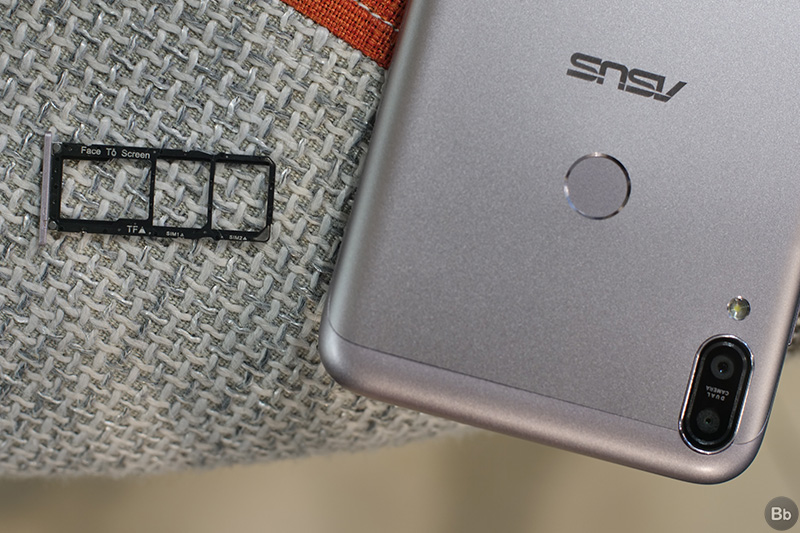
The device also features Bluetooth 5.0, which is a great addition for a device in this price range. I didn’t face any problems with the device when it comes to connectivity and I feel that you just can’t ask for more from a device at this price.
Battery
The ZenFone Max Pro M1 (6GB) retains the massive 5,000mAh battery and despite the increased RAM and better camera modules, the battery performance remains unbeatable. In my usage, the device easily lasted just over two days in regular use and even when I pushed the device to its limits, it ended the day with a decent 30 percent battery left. In my full day of extensive use, I got an impressive screen on time of over 7 hours during which I ran a YouTube video on the device for over 5 hours and 45 minutes at max screen brightness.
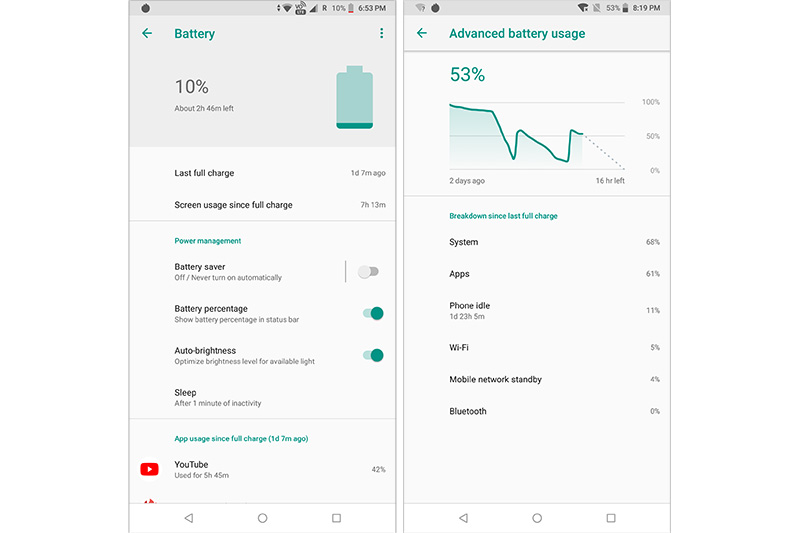
The device comes with a 5V/2A charging brick, which takes far too long to charge the 5,000mAh battery when compared to other smartphones that come with fast charging support. The device took well over 2 and a half hours to get from 10 to 100 percent, which isn’t quite ideal. However, I wouldn’t want to hold the charging times against the device because of the fact that it packs in a 5,000mAh battery and you’d have to charge it less often than other smartphones in this price range.
Pros:
- Near stock Android experience
- 5,000mAh battery
- Good connectivity options
- Great performance
- Good display
Cons:
- Cameras too slow
- Portrait mode is inconsistent
- No Gorilla Glass protection
See Also: Asus ZenFone Max Pro M1 Review: The New Budget King?
Asus ZenFone Max Pro M1: Better But Still Not the Best
In conclusion, the 6GB variant of the ZenFone Max Pro M1 is definitely a bit better than the 3GB or 4GB variant, but it still doesn’t dethrone the Redmi Note 5 Pro to take its spot as the new budget king. Don’t get me wrong, the smartphone does have its perks, but as an overall package, the Redmi Note 5 Pro is still better. The only instance where you should consider buying the ZenFone Max Pro M1 over the Redmi Note 5 Pro is if you’re looking for a smartphone that offers a stock Android experience or if you want a massive battery that goes on and on and on. In all other cases, we’d still recommend the Redmi Note 5 Pro.
Buy from Flipkart (Rs. 14,999)










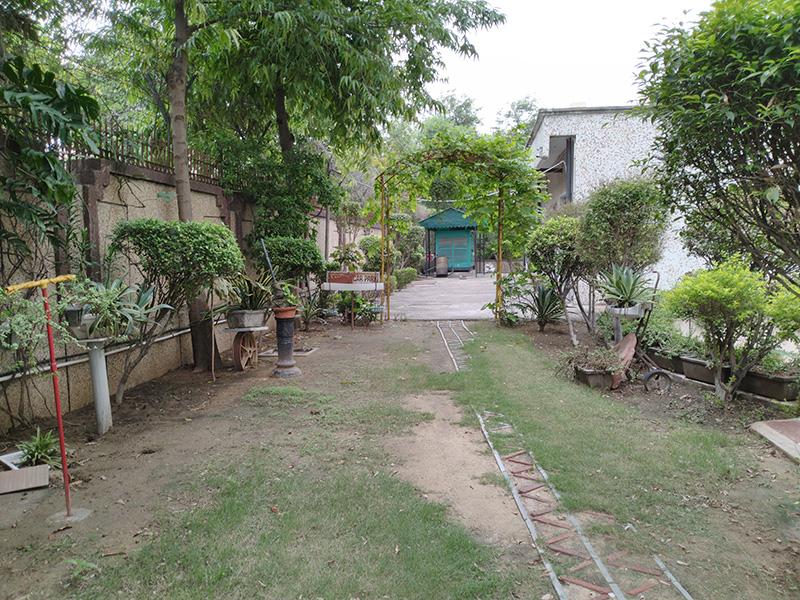













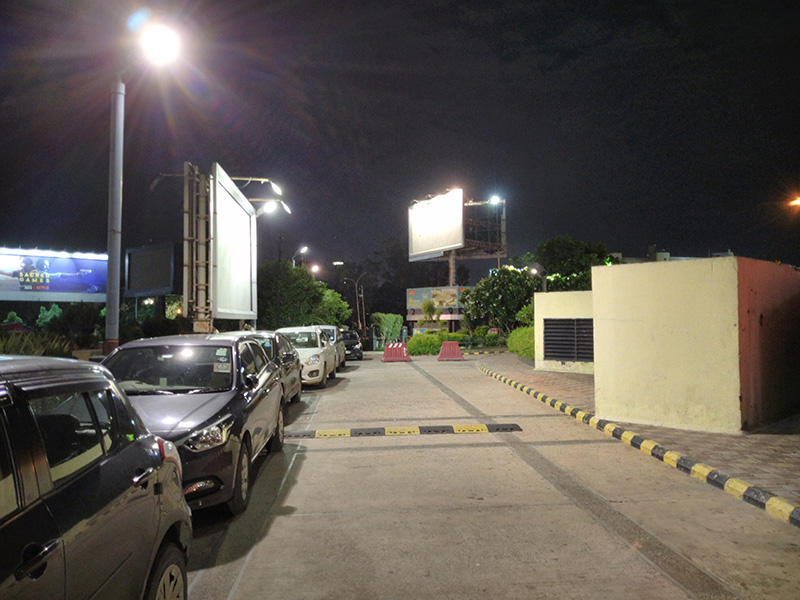
































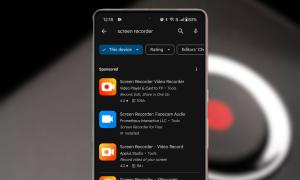
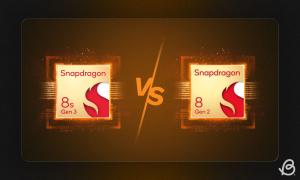
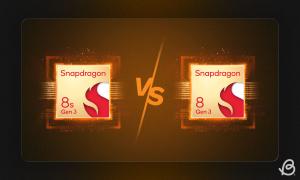
Asus Max Pro m1 Supported fast charging….Yes ya No
This phone is really awesome and his battery performance is so good
Well,asus intoduce their new phone name asus zenphone max pro m1.
personally I used iphone 6 more than year i don’t want to used another high end out of this brand,but unfortunately,it has been problem with battery shutdowning at 85%,even i changed battery from apple servie centre but its not sort out,i see yesterday add out of oppo,vivio,and redmi this asus phone, i like it but its quite difficult to leave premium quality like super smooth dsiplay,diff apps iike whstapp theme,new app store,great sound qualitywith reall time clear base,i wanna knw,will in max pro we hide buttons, like in note 5 pro?super smooth touch?will this phone better than iphone 6 at any moments?
Is this also good for games like mobile legends? Is it not laggy? ty
yes you can play mobile legends without any kind of lag
There is another reason for me to choose Max Pro M1 over Redmi Note 5 Pro: the dedicated card slot.
Redmi Note 5 Pro memory card takes the 2nd SIM slot and you can only choose either (Unless you do some unsafe modification on your SIM and memory card), but for Max Pro M1 I can get both dual SIM activated with my memory card full of movies drama and songs.
That’s great! You’ve got your priorities straight. I would’ve also chosen the Max Pro M1 over the Redmi Note 5 Pro if I wanted a dedicated memory card slot and two SIM slots. However, I don’t require more than 64GB of storage on my device and I value a good camera more than a memory card slot. I can always transfer files from my phone to my PC or use an OTG drive but, I can’t install a better camera! 😀
Looks Like you got paid nicely by Xaiomi to talk white lies about ASUSi ha Buddy.
Hi Anurag, I’m really sorry that you feel that I got paid by Xiaomi to write a false review for the ZenFone Max Pro M1. In case you paid attention while reading the review, you’d see that I’ve provided substantial proof of every point that I made in the review and I gave props to the ZenFone Max Pro M1 wherever they were due, i.e, the phone’s battery life, performance and stock Android experience. I really wish companies would pay me for writing fake reviews for their devices, it’s an easy get rich quick scheme. Alas, I’m just a lowly employee and I have enough integrity to write what I experience first hand, rather than what I’m asked to. I hope you’d reconsider your stance after going through the review once again. Other than that, I can’t do much to please your personal biases. Cheers!